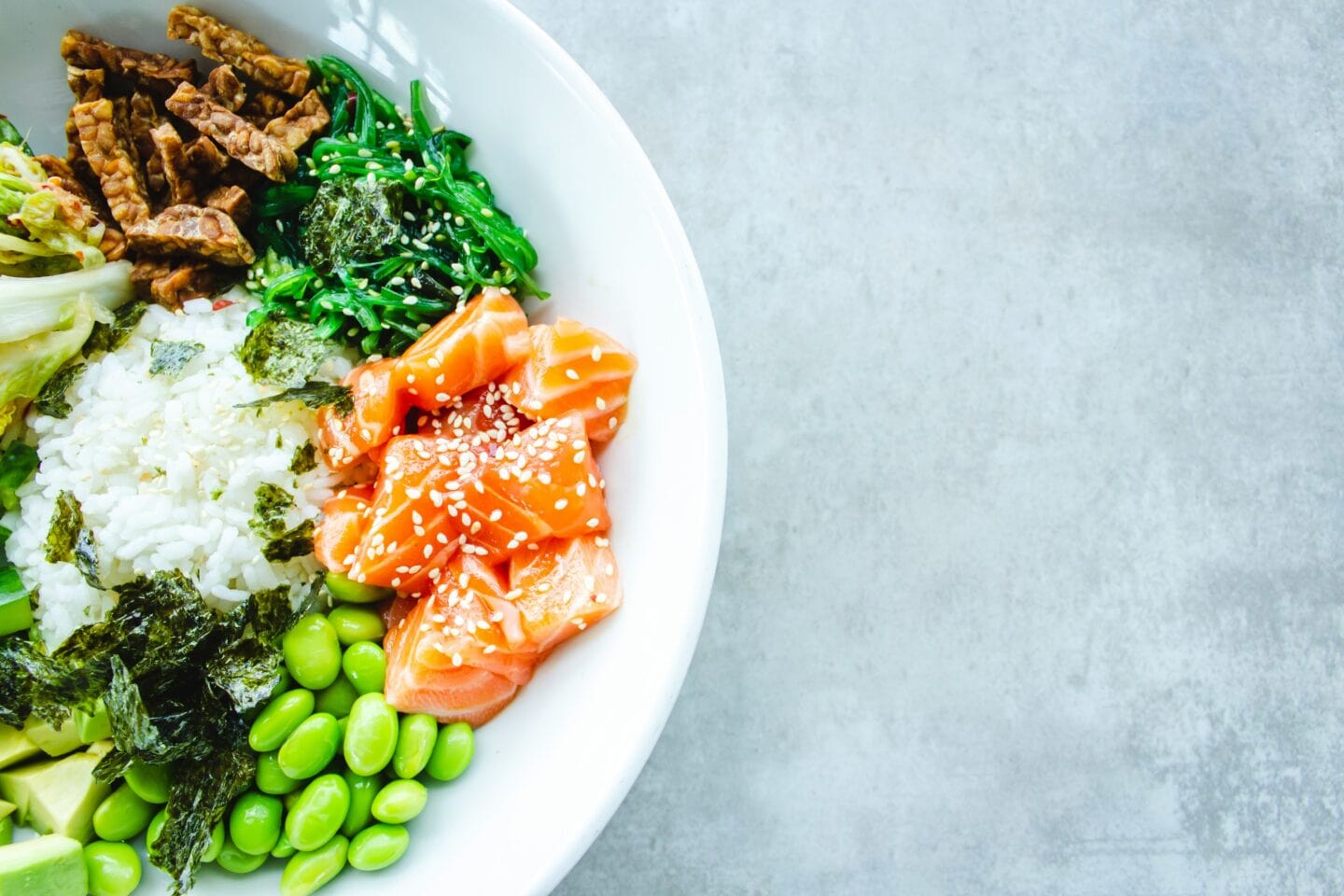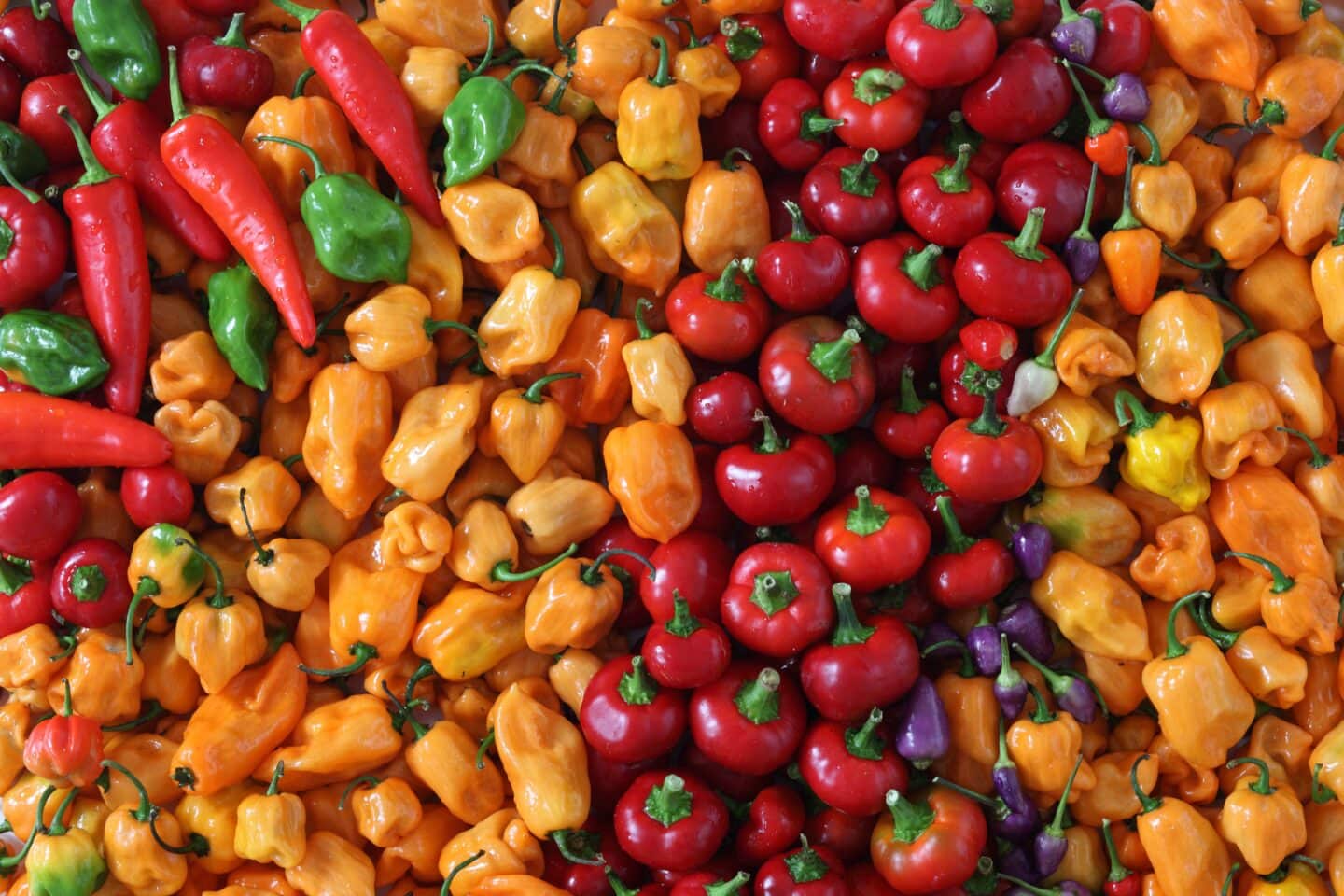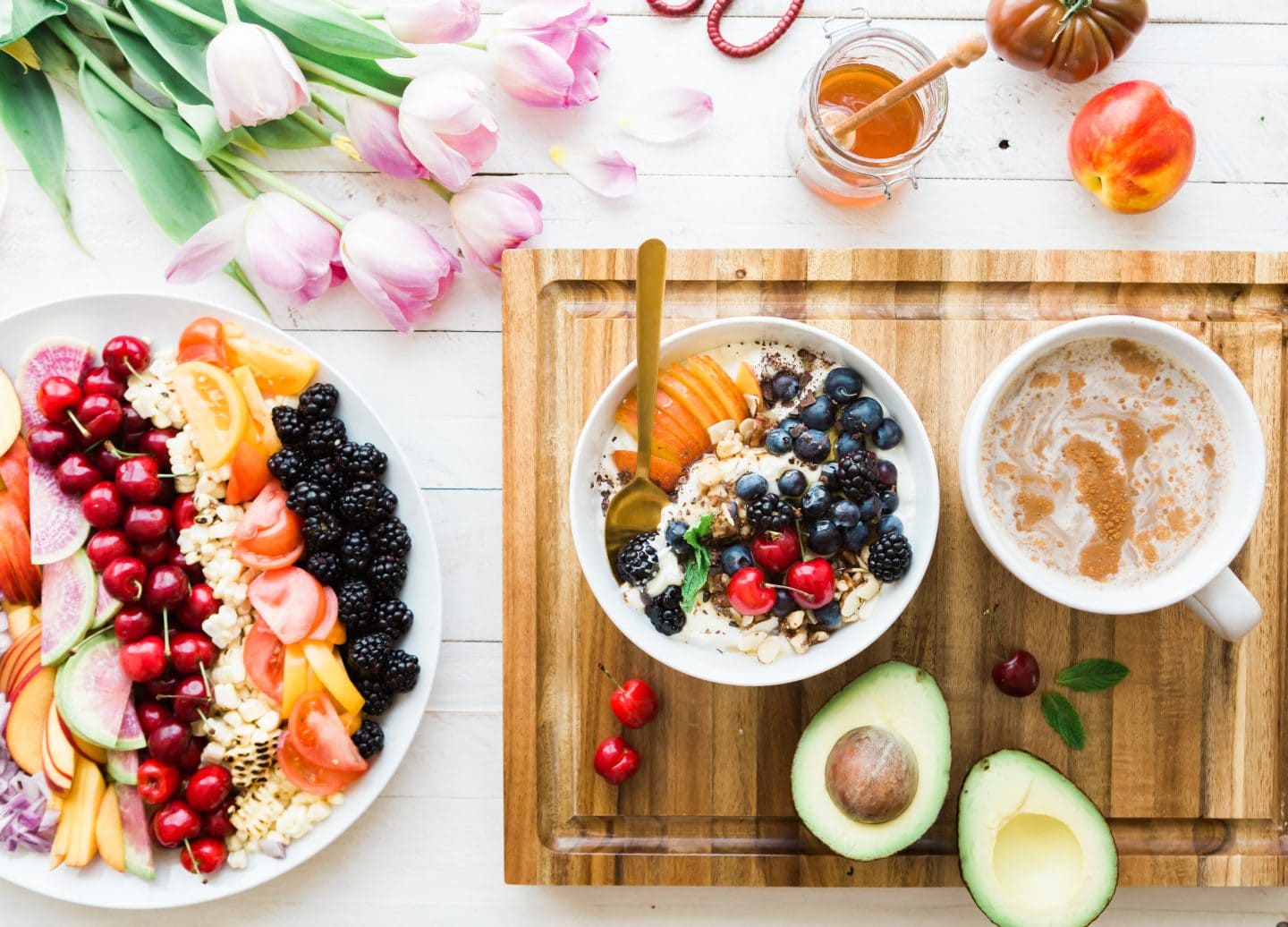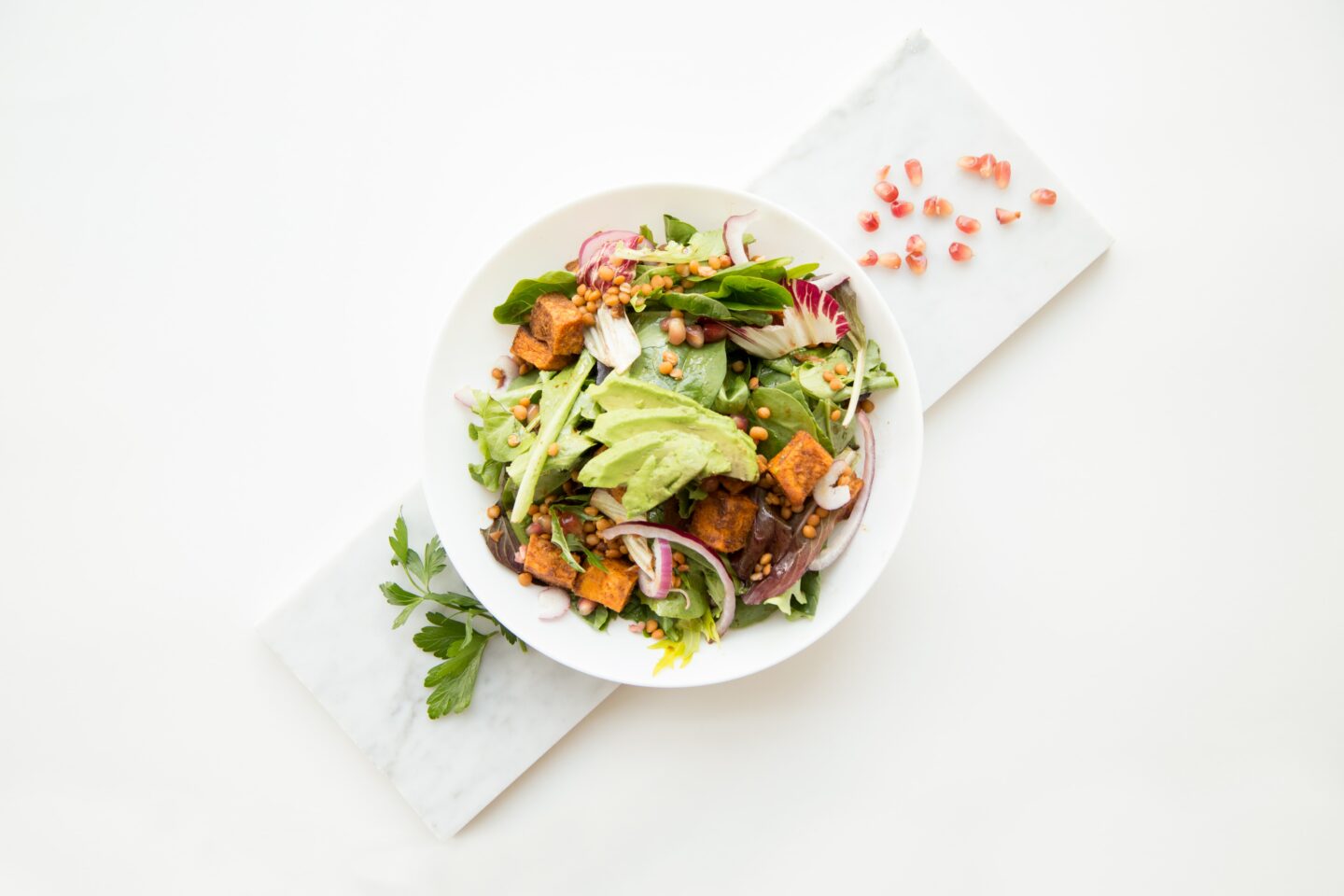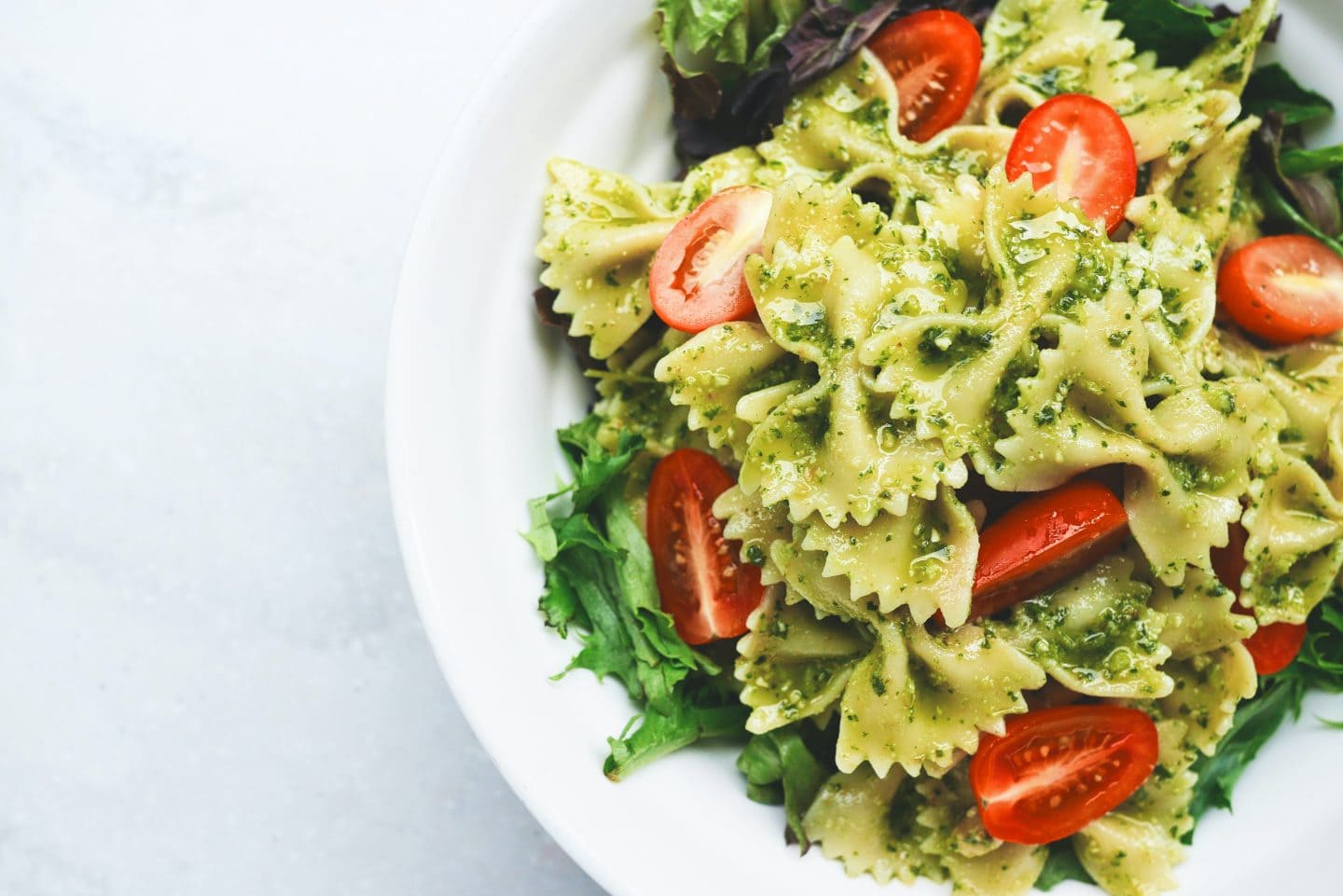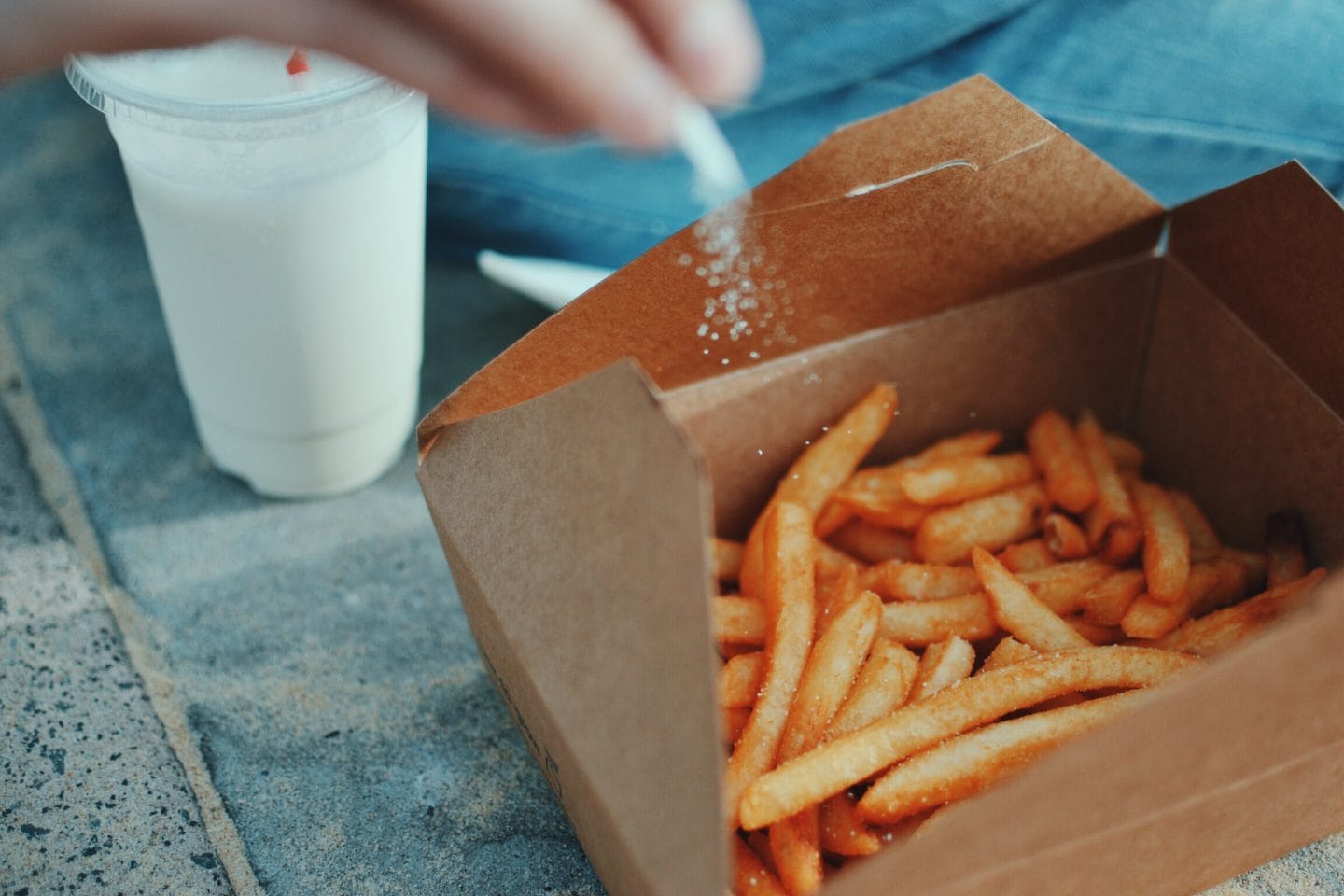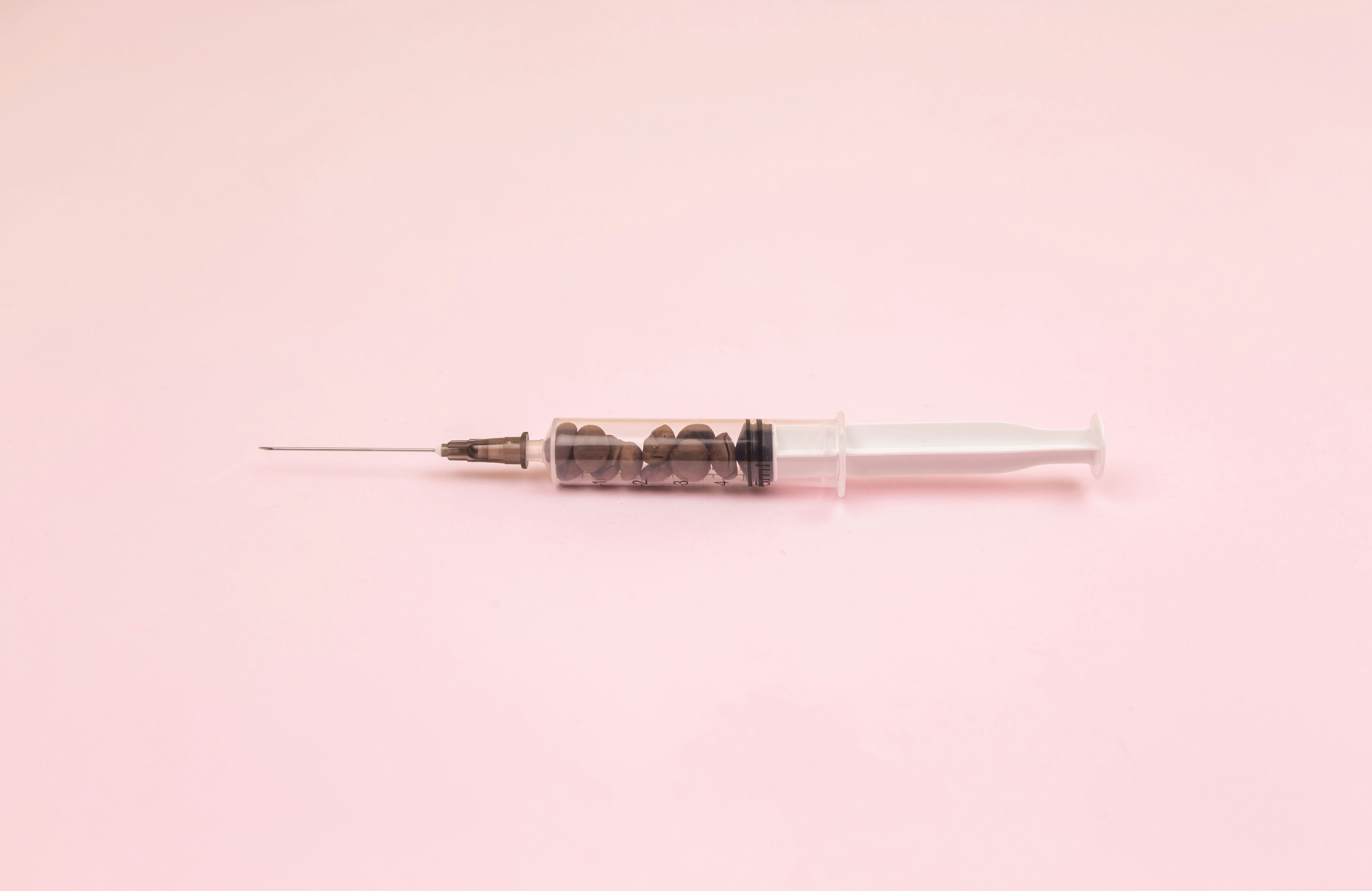
Navigating the journey of prediabetes can be daunting, but with the right guidance, it’s entirely manageable. You are not alone with a prediabetes diagnosis, and it can take some time to fully get your head around things. Prediabetes is a condition where blood sugar levels are higher than normal but not yet high enough to be classified as type 2 diabetes. Essentially, it’s a critical warning signal from your body, urging you to make lifestyle changes to prevent the progression to full-blown diabetes – which you absolutely can do. The good news is – one of the most effective ways to manage prediabetes is through a well-balanced diet specifically tailored to help stabilise blood sugar levels. Understanding what foods to include in a pre diabetic diet food list can make a significant difference in your health journey, and that’s where this blog post comes in!
A prediabetic diet focuses on consuming foods that are low in refined sugars and high in fibre, lean proteins, and healthy fats. Incorporating a variety of nutritious foods not only helps regulate your blood sugar but also contributes to overall health and well-being. From fresh vegetables and whole grains to lean meats and heart-healthy fats, knowing what to eat is key to keeping your blood sugar in check and maintaining a long-term healthy lifestyle.
In this blog post, we will explore a comprehensive list of foods that are ideal for someone following a prediabetic diet. Whether you’re newly diagnosed or looking to refine your eating habits, this guide will provide you with the knowledge and inspiration to make healthier food choices.
As always, before undertaking any kind of weight loss or lifestyle change, it is always best to speak to a medical professional who is best suited to give personalised advice on your individual health needs and health issues. This blog post should serve as a guide only, and before adding or altering your current diet plan, you should check the suitability with a healthcare professional or registered dietitian.
UPDATE: It’s December 2024 and I have lost over 5 stone this year. Find out how here!
Understanding Insulin Resistance and Its Impact on Health
Insulin resistance is a condition that lies at the heart of prediabetes and significantly impacts overall health. It occurs when the body’s cells become less responsive to insulin, a hormone produced by the pancreas that helps regulate blood sugar levels. When cells resist insulin’s action, the pancreas compensates by producing more insulin to maintain normal blood glucose levels. Over time, this excess demand can lead to higher blood sugar levels, leading to prediabetes and then type 2 diabetes.
Insulin sensitivity refers to how effectively the body’s cells respond to insulin. High insulin sensitivity means that cells use blood glucose more effectively, reducing the need for excess insulin production. Improving insulin sensitivity is crucial for managing and potentially reversing prediabetes. Prediabetes doesn’t mean type 2 diabetes is certain. With lifestyle changes, including a healthy diet and regular physical activity, there is an opportunity to manage it.
Related Post: GLP-1 Medications For Weight Loss
The American Diabetes Association and Diabetes UK both emphasise the importance of early detection and lifestyle changes in managing insulin resistance and enhancing insulin sensitivity. One of the most effective dietary strategies is focusing on foods with a low glycemic index (GI). The glycemic index measures how quickly a food raises blood glucose levels after consumption. Foods with a low glycemic index are digested and absorbed more slowly, leading to a gradual rise in blood sugar levels rather than spikes. This helps prevent crashes in blood sugar that can exacerbate insulin resistance and reduce insulin sensitivity in the long term.
Incorporating low-glycemic index foods into your diet can significantly improve blood glucose control and enhance insulin sensitivity. Examples of these foods include non-starchy vegetables, whole grains, legumes, and certain fruits like berries and apples. By choosing foods that have a minimal impact on blood sugar levels, you can help stabilise your insulin response and improve the efficiency with which your cells use glucose.
Monitoring blood glucose levels for those at risk of or diagnosed with prediabetes is another essential factor. Regular monitoring helps in understanding how different foods and activities affect individual blood sugar levels, enabling more informed choices that support better health outcomes and improve insulin sensitivity overall.
Balancing meals with a combination of low-GI carbohydrates, lean proteins, and healthy fats is crucial. For instance, pairing whole grains with lean proteins or adding healthy fats like avocado or nuts can lower the overall glycemic load of a meal, providing a more sustained energy release and reducing those insulin spikes.
Understanding the link between diet, insulin resistance, and insulin sensitivity is important for everyone, not just those with prediabetes.
The Importance of a Healthy Diet for Everyone
This blog post may be centred around prediabetes and finding a prediabetic diet food list to help manage that, but establishing a healthy diet has huge benefits for all. Eating a balanced and nutritious diet plays a crucial role in maintaining overall health, aiding healthy weight loss and preventing weight gain, as well as helping to prevent chronic diseases. The foundation of a prediabetic diet food list is rooted in principles that benefit everyone. Whether you’re aiming to prevent health issues or simply looking to improve your well-being, focusing on a healthy diet is the best way to start.
What Foods To Consider: Pre Diabetic Diet Food List
Eating more whole grains, such as brown rice, quinoa, and oats, are excellent sources of complex carbohydrates and fibre. Unlike refined grains, whole grains help maintain stable blood sugar levels and provide lasting energy. Incorporating whole grains into your meals supports digestive health and reduces the risk of cardiovascular disease by managing cholesterol levels.
Healthy fats are another vital component of a nutritious diet. Foods like avocados, nuts, seeds, and olive oil offer essential fatty acids that support brain function, reduce inflammation and contribute positively toward heart health. Replacing those saturated fats and trans fats with healthy fats can lower the risk of cardiovascular diseases and improve overall lipid profiles.
A diet rich in lean proteins from sources like fish, poultry, beans, and legumes provides the building blocks for muscle repair and immune function. Lean proteins are crucial for maintaining muscle mass, especially as we age, and they help keep you feeling full longer, aiding in weight management.
Maintaining a balanced diet that includes a variety of nutrients really is key to disease control and prevention. Fruits, vegetables, whole grains, lean proteins, and healthy fats each play a vital role in providing the vitamins, minerals, and antioxidants needed to protect against illnesses. A balanced diet supports the body’s natural defences, reducing the risk of chronic conditions such as diabetes and cardiovascular diseases.
For those managing pre diabetes, understanding and following a pre diabetic diet food list is essential, but the benefits do extend to everyone. Prioritising nutrient-dense foods and avoiding processed, high-sugar options can enhance your quality of life and help control or prevent a wide array of health issues.
The Best & Worst Foods For A Pre Diabetic Diet Food List
The Best Foods to Eat and Avoid on a Pre-Diabetic Diet
A well-planned diet is essential for managing prediabetes and preventing its progression to type 2 diabetes. Making informed food choices can significantly impact your blood sugar levels, insulin sensitivity, and overall health. Below, we provide a comprehensive pre-diabetic diet food list, highlighting the best foods to include in your diet and those to avoid or limit. Additionally, understanding how to read nutrition labels can help you make better dietary decisions.
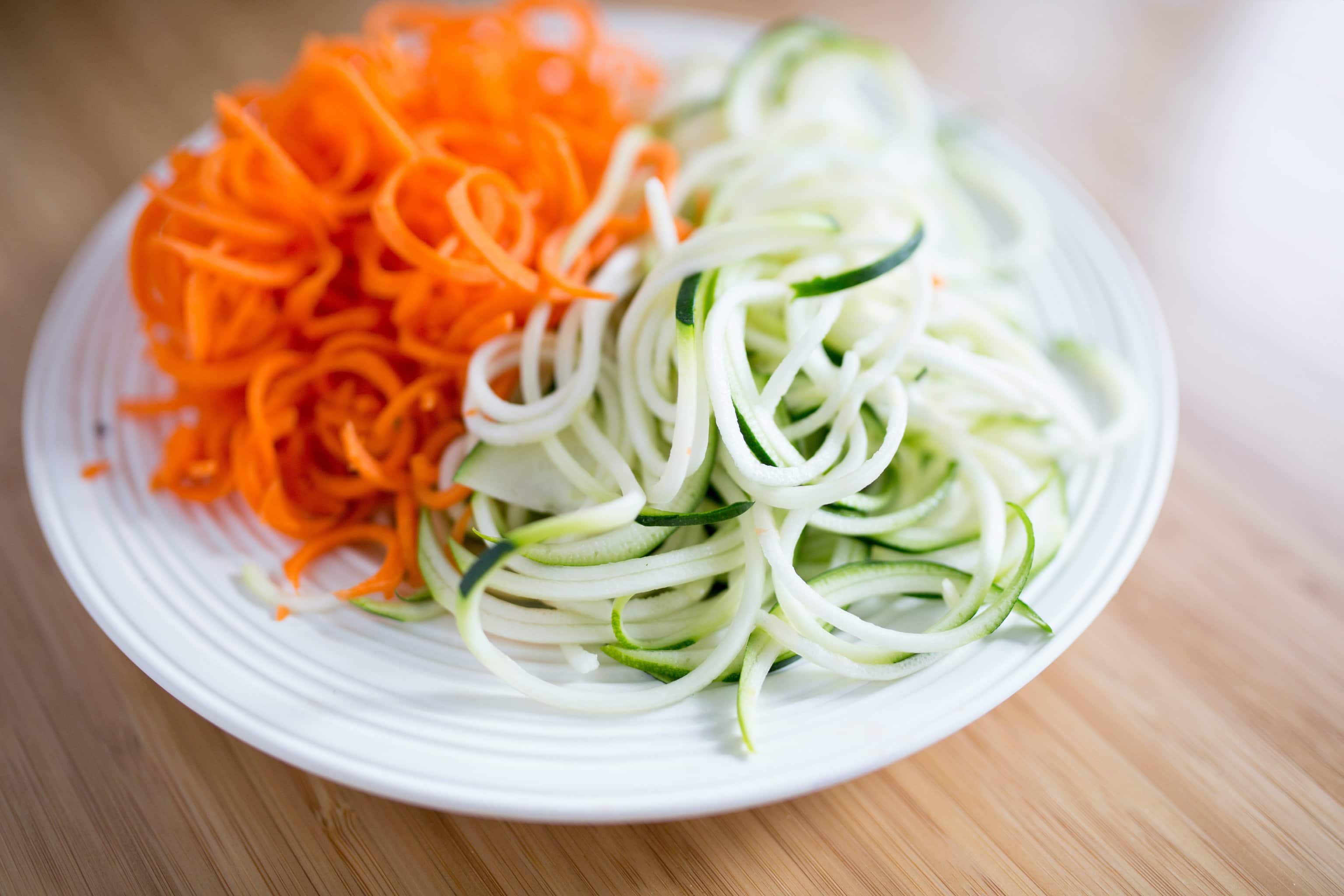
Best Foods to Eat
Whole Grains
Quinoa, brown rice, oats, barley, whole wheat bread etc. These foods are rich in fibre and nutrients, and whole grains have a low glycemic index, helping to stabilise blood sugar levels and improve insulin sensitivity.
Non-Starchy Vegetables
Broccoli, spinach, kale, Brussels sprouts, peppers, tomatoes etc. These foods have the added benefit of being low in calories and carbohydrates but high in fibre, vitamins, and minerals.
Lean Proteins
Chicken breast, turkey, fish, tofu, beans, lentils etc. Lean proteins help repair muscle and provide satiety without spiking blood sugar levels. Plant-based proteins also add fibre and essential nutrients.
Healthy Fats
Avocados, nuts, seeds, olive oil, fatty fish (like salmon and mackerel) etc. Healthy fats are important for brain function, reducing inflammation, and supporting heart health. They help in moderating blood sugar levels by slowing down digestion.
Low-Glycemic Fruits
Berries (strawberries, blueberries), apples, pears, oranges etc. These fruits are high in fibre and have a low glycemic index, making them ideal for managing blood sugar levels.
Legumes
Chickpeas, black beans, lentils, kidney beans etc. Legumes have the benefit of being high in fibre and protein, which helps in controlling blood sugar and providing a feeling of fullness.
Nuts and Seeds
Almonds, walnuts, chia seeds, flax seeds etc. Packed with healthy fats, fibre, and protein.

Low-fat Dairy or Dairy Alternatives
Greek yoghurt, cottage cheese, almond milk, soy milk etc. These options provide calcium and protein with lower fat content.
Foods to Avoid or Limit
Refined or Simple Carbohydrates and Sugars
White bread, pastries, cookies, sugary cereals, fruit juices (high in natural sugars), sugary foods and snacks. These food groups have a high glycemic index and can cause rapid spikes in blood sugar.
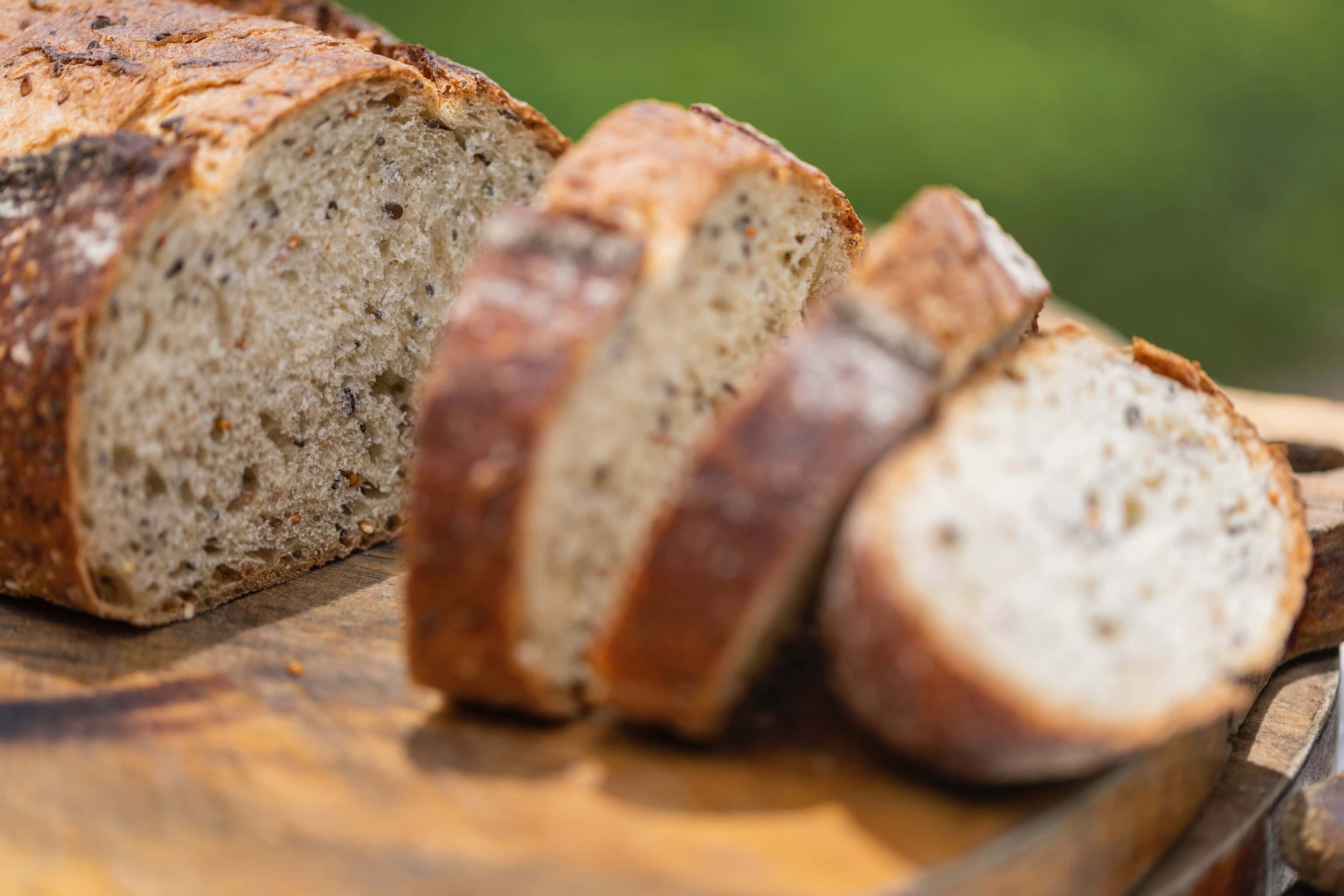
Processed and Packaged Foods
Crisps, crackers, microwave meals, frozen pizza etc.
Often, these foods are high in added sugars and unhealthy fats and have large amounts of sodium.
High-Fat Meats
Bacon, sausage, processed deli meats, fatty cuts of beef etc. These kinds of meats are high in saturated fats, which can contribute to inflammation and cardiovascular disease. Opt for lean meat as a first choice.
Full-Fat Dairy Products
Whole milk, cream, full-fat cheese, butter etc. These foods are high in saturated fats and calories.
Sweetened Beverages
Soft drinks, sugary drinks, energy drinks etc. Usually these drinks are high in added sugars and empty calories which can cause significant spikes in blood sugar and can contribute to insulin resistance.
Fried and Fast Foods
Chips, french fries, fried chicken, fast food burgers, onion rings etc. It goes without saying that these foods are high in unhealthy fats, calories, and often refined carbohydrates.
The Importance of Checking Nutrition Labels
Reading and understanding food labels is crucial in managing a prediabetic diet. Labels can be overwhelming, with lots of information to process, but you want to concentrate on the following:
Serving Size
Always check the serving size first. The nutritional information provided is usually based on a single serving, which may be smaller than you expect.
Total Carbohydrates
Pay attention to the number of total carbohydrates and the breakdown into sugars and dietary fibre. Try to choose foods with lower sugars and higher fibre content.
Added Sugars
You want to be looking out for products with minimal or no added sugars.
Total Fat
Choose products with lower saturated and trans fats. Look for healthy fat sources, such as those from nuts, seeds, and olive oil.
Ingredients List
Ingredients are listed in order of quantity. Avoid products with sugar, syrups, or refined grains listed as the first few ingredients.
Sodium
Limit foods high in sodium, as excess sodium can contribute to high blood pressure and cardiovascular disease.
In Conclusion
Managing prediabetes through a thoughtful and balanced diet is not just about avoiding certain foods but embracing a healthier, more mindful way of eating. By focusing on nutrient-rich whole grains, lean proteins, healthy fats, and low-glycemic foods, you can improve insulin sensitivity, stabilise blood glucose levels, and enhance overall health. Creating your own pre diabetic diet food list can help keep you on track. Remember, making informed food choices is crucial, so always check nutrition labels to ensure you’re consuming wholesome, beneficial ingredients with nothing hidden. Whether you’re looking to manage prediabetes or simply aiming for a healthier lifestyle, these dietary principles can guide you toward better health and prevent the progression of chronic diseases. Commit to these changes today, and take control of your health journey. Have you been diagnosed with prediabetes? If you have any tips for anyone in the same boat, leaving these below in the comments would be much appreciated.
If you are on a weight loss journey and want further support and company, join my free Facebook Group here. Oh, and if you have found this website and articles useful and you’d like to know how you can say thank you, then I am always appreciative of receiving a virtual coffee here.
Thank you for stopping by! Check out my last post here.
Love as always!
 More From Me
More From Me
Want to find out more about me? Head over to this page. If you like reading posts like this, then you might want to follow me over on Bloglovin. Don’t forget you can find me on Instagram, Facebook, Twitter & YouTube. As always, my words, views and opinions are honest and my own. Links marked with “*” are affiliate links. This does not cost you anything additional, but it may mean I earn a small percentage from any sales. For more information about any of these, please head over to this page.




